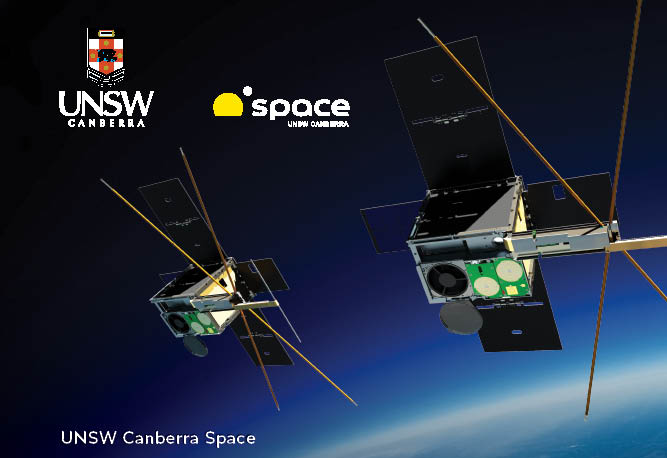Our society is critically reliant on satellite-to-earth communications for a range of daily activities, from internet connectivity to navigation and weather predictions to supporting national security. The satellite communications (SATCOM) landscape faces many challenges with growing demand for more bandwidth, higher speeds, increased security and additional resilience, coupled with orbital debris management and radiofrequency (RF) spectrum licensing constraints. Mega constellations are set to revolutionise the satellite industry, but the impact on an already overloaded system will exacerbate these SATCOM challenges.
Will optical communications be the saviour we need? Certainly, optical communications will solve a lot of these issues, promising much faster speeds than existing RF systems, increased security and removal of the need for spectrum licensing. Operational optical communication payloads have been used for inter-satellite links for over a decade, but we are only now seeing space-to-ground optical communications starting to emerge. Promising demonstrations reveal speeds up to 200Gbps are possible with pathways to increase these speeds even further. This provides a clear route to meet the growing global demand for space-to-ground communications and to support the expanding satellite communications market.
Australia is playing a leading role regionally with optical communication developments and advanced manufacturing technology in optical ground stations, advanced optical and site testing instrumentation and quantum communication systems. Researchers at the Australian National University (ANU) are constructing an optical ground station (OGS) for satellite communications testing, due to be commissioned in late 2023, that will consist of a telescope with an aperture of 70 cm.
The ANU OGS has been designed for high performance and is especially suited for ultra-high-speed communications. It will be equipped with advanced instrumentation, including adaptive optics, which can mitigate the impact of atmospheric turbulence by correcting wavefront distortions. This allows the quality of the received signal to be boosted, increasing the data rate. Adaptive optics instrumentation is crucial to support more complex communication schemes, for example coherent and quantum communications.
An impressive range of satellite missions across LEO, GEO and lunar orbits will be supported by the ANU OGS. With recent funding from the Australian Space Agency’s Moon to Mars program, the ANU OGS will be upgraded with a lunar optical communications instrument capable of providing Southern Hemisphere support to NASA’s Optical to Orion mission, part of NASA’s Artemis II mission, planned for late 2024. Transmitting and receive data at high speeds as the Orion travels around the Moon, it will send high-definition video back to Earth from lunar orbit.
Australia is geographically uniquely positioned and has low cloud cover, making it a prime location for a global optical communications hub. ANU is leading the development of a regional network of optical ground stations to mitigate interruptions from clouds, ensuring continual coverage across the Australasian region. Under the Moon to Mars program, ANU, along with our industry partners, will demonstrate highly capable, cross-continental OGS networking, the first step to establishing Australia as a leading provider of secure satellite communication links for a large and growing market.
image ANU Optical Communications Team
Left to right: Cameron Jones, Mark Blundell, Dr Doris Grosse, Marcus Birch, Associate Professor Tony Travouillon, Hana Benhizia, Elisa Jager, Associate Professor Francis Bennet, Dr Noelia Martinez, Dr Michael Copeland and Dr Kate Ferguson.













